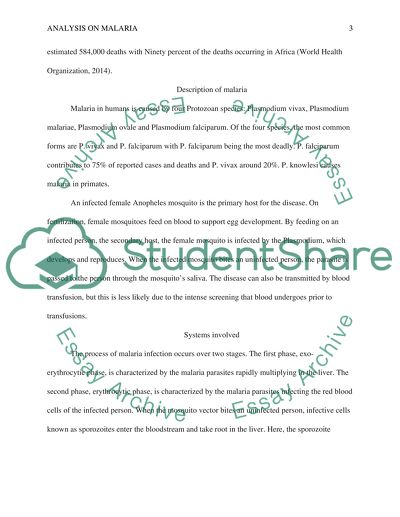Cite this document
(“MALARIA Research Paper Example | Topics and Well Written Essays - 1000 words”, n.d.)
MALARIA Research Paper Example | Topics and Well Written Essays - 1000 words. Retrieved from https://studentshare.org/biology/1684533-malaria
MALARIA Research Paper Example | Topics and Well Written Essays - 1000 words. Retrieved from https://studentshare.org/biology/1684533-malaria
(MALARIA Research Paper Example | Topics and Well Written Essays - 1000 Words)
MALARIA Research Paper Example | Topics and Well Written Essays - 1000 Words. https://studentshare.org/biology/1684533-malaria.
MALARIA Research Paper Example | Topics and Well Written Essays - 1000 Words. https://studentshare.org/biology/1684533-malaria.
“MALARIA Research Paper Example | Topics and Well Written Essays - 1000 Words”, n.d. https://studentshare.org/biology/1684533-malaria.


